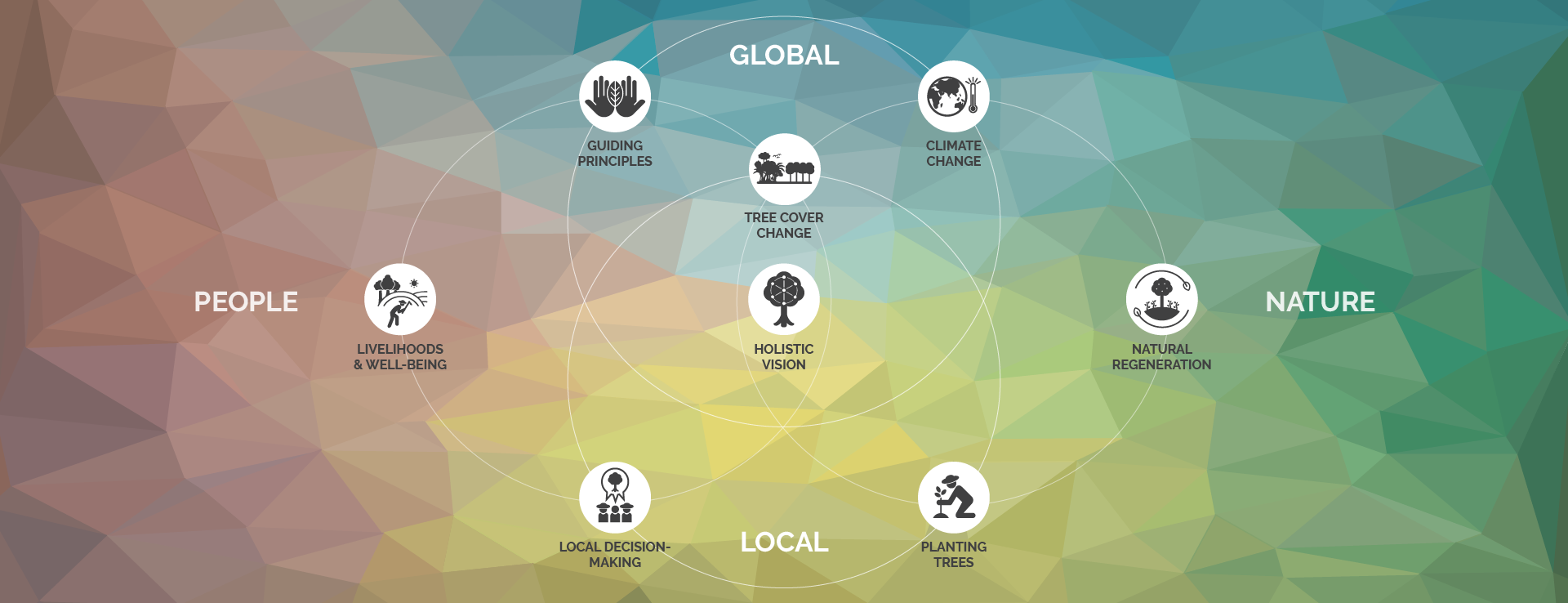In 2014 a group of the world’s top researchers began a 6-year journey to generate ideas, knowledge and collaborations to understand the socioecological drivers of tropical reforestation. Nearly 200 people participated in 12 workshops generating 60+ publications linking across disciplines and continents; from seeds and soils to global forums. Here is what they found.


